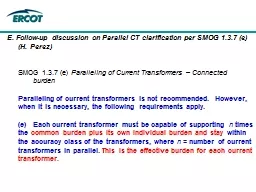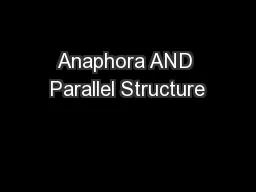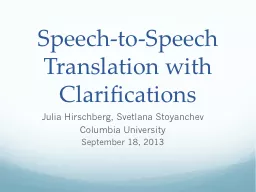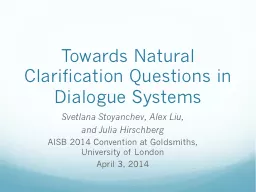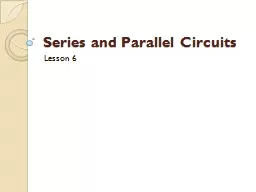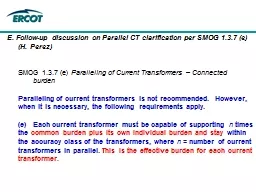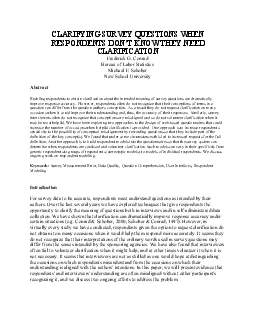PPT-E. Follow-up discussion on Parallel CT clarification per SM
Author : mitsue-stanley | Published Date : 2017-05-26
SMOG 137 e Paralleling of Current Transformers Connected burden Paralleling of current transformers is not recommended However when it is necessary the following
Presentation Embed Code
Download Presentation
Download Presentation The PPT/PDF document "E. Follow-up discussion on Parallel CT c..." is the property of its rightful owner. Permission is granted to download and print the materials on this website for personal, non-commercial use only, and to display it on your personal computer provided you do not modify the materials and that you retain all copyright notices contained in the materials. By downloading content from our website, you accept the terms of this agreement.
E. Follow-up discussion on Parallel CT clarification per SM: Transcript
Download Rules Of Document
"E. Follow-up discussion on Parallel CT clarification per SM"The content belongs to its owner. You may download and print it for personal use, without modification, and keep all copyright notices. By downloading, you agree to these terms.
Related Documents

